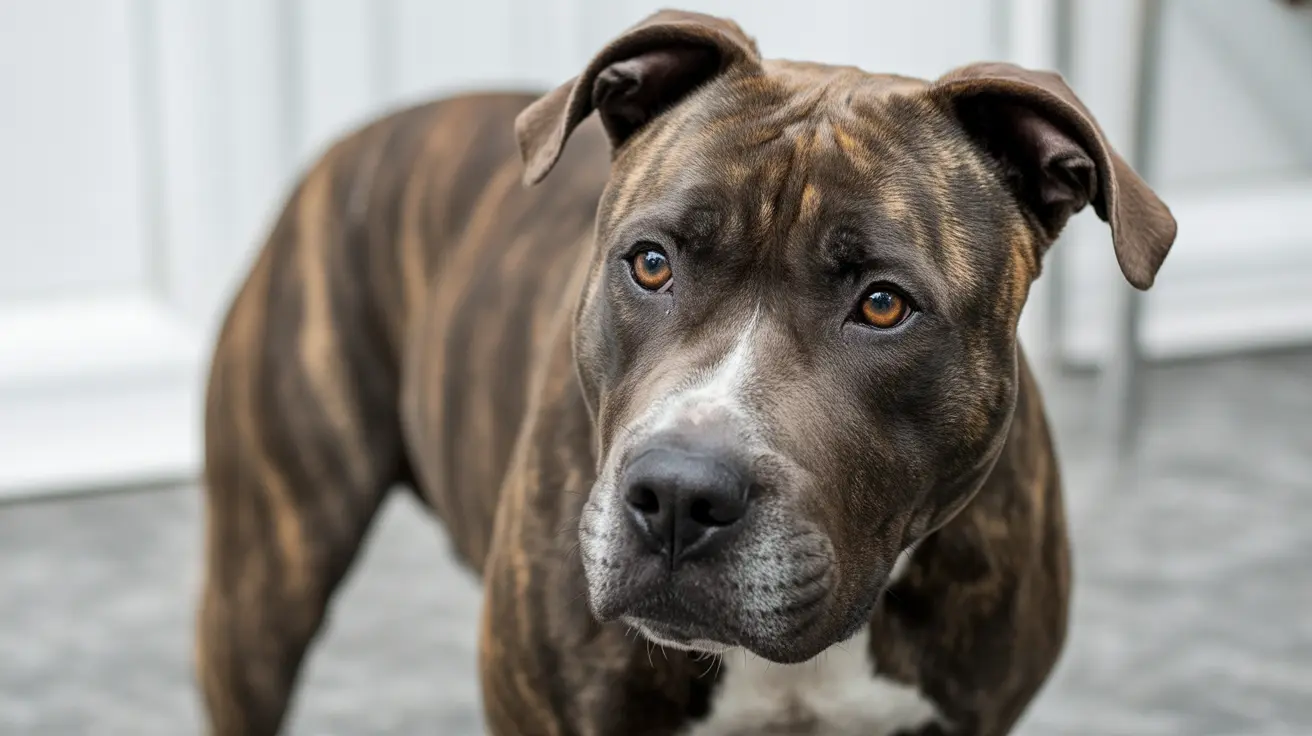Is 22 Pounds Too Heavy for a Cat? Understanding Feline Obesity
A healthy weight is crucial for a cat’s overall well-being. Many pet owners may wonder if their cat's weight is within a normal range, especially when dealing with larger numbers like 22 pounds. The answer is clear: 22 pounds is typically considered overweight for most domestic cats. In this article, we’ll explore what a healthy cat weight looks like, the signs of feline obesity, and how to help a cat maintain or return to a safe weight.
What Is a Healthy Weight for a Cat?
The average healthy weight for a domestic cat ranges from 8 to 12 pounds, though this can vary slightly depending on the breed, age, and sex of the cat. Larger breeds like the Maine Coon may weigh up to 18 pounds and still be considered healthy. However, a non-pedigree cat reaching 22 pounds is likely experiencing health concerns related to excess weight.
Why 22 Pounds Is Too Heavy for Most Cats
Feline obesity is a growing issue and can lead to a range of health complications. At 22 pounds, a cat’s mobility is likely reduced, and their risk for various illnesses increases. Unless the cat is a large-breed type, such a weight usually reflects excess fat rather than muscle or bone mass.
- Joint stress: Overweight cats carry excess strain on their joints, leading to arthritis and mobility issues.
- Heart and respiratory stress: A heavier cat’s heart and lungs work harder, increasing the risk of disease.
- Diabetes: Obesity significantly increases the risk of insulin resistance and diabetes in cats.
- Liver disease: Obese cats are more likely to develop hepatic lipidosis, a potentially fatal liver condition.
- Shortened lifespan: Studies suggest that overweight cats live shorter lives compared to those of a healthy weight.
How to Tell If Your Cat Is Overweight
Beyond a number on the scale, physical assessment gives insight into your cat's condition. Here’s how:
- Ribs: You should be able to feel, but not see, your cat’s ribs easily. If you can’t feel them, the cat is likely overweight.
- Waistline: Look for a visible waist behind the ribs when viewed from above.
- Abdomen: There should be an upward tuck from the ribs to the hips when viewed from the side.
- Body Condition Score (BCS): Veterinarians use a 1–9 scale, with 5 being ideal. A BCS approaching 8 or 9 indicates obesity.
What to Do If Your Cat Weighs 22 Pounds
If your cat weighs 22 pounds and is not a large-breed cat, here’s how to start improving their health:
- Consult a veterinarian: Always discuss weight concerns with your vet for an accurate diagnosis and tailored plan.
- Modify diet: Switch to a high-protein, low-carbohydrate diet as recommended by your veterinarian.
- Control portions: Avoid free-feeding. Use measured meals at scheduled times using a scale or measuring cup.
- Increase exercise: Encourage active playtime daily with interactive toys, laser pointers, or puzzle feeders.
- Track progress: Regular weigh-ins and body assessments help monitor improvement and ensure steady, healthy weight loss.
Special Considerations for Large-Breed Cats
Some breeds, such as Maine Coons or Norwegian Forest Cats, naturally weigh more. However, even in these breeds, 22 pounds is high unless the cat is exceptionally large and muscular. It’s essential to evaluate body composition and health indicators rather than just breed average alone.
Preventing Weight Gain in Cats
Prevention is the best medicine. Here are some strategies:
- Feed appropriate diets: Choose high-quality cat food formulated for your cat's age and activity level.
- Monitor weight regularly: Frequent weight checks can detect small gains early.
- Provide stimulation: Engage cats in physical and mental activities to prevent sedentary behavior.
- Avoid excessive treats: Limit treats to no more than 10% of daily caloric intake.
The Bottom Line
Yes, 22 pounds is too heavy for most cats. It can be a sign of obesity, which contributes to various health problems and can shorten your cat’s lifespan. With proper diet, increased activity, and vigilant health monitoring, most cats can safely return to a healthy weight. Always work with your veterinarian when addressing cat obesity to ensure safe and effective strategies are followed.





